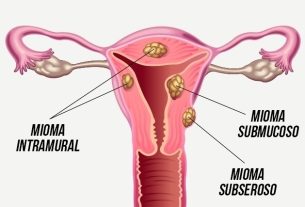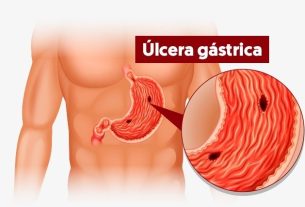Physiotherapy is one of the types of treatments that can be indicated to help in the treatment of Parkinson’s disease and has a very important role, as it provides an improvement in the patient’s general physical state, in addition to restoring and/or maintaining independence in carrying out activities. of activities of daily living.
However, physiotherapy does not exclude the need to take medications recommended by the geriatrician or neurologist, being just a way of complementing the treatment. Find out more about the treatment of Parkinson’s Disease.

What is physiotherapy for?
The physiotherapist in the treatment of Parkinson’s disease must act as early as possible to:
- Reduce limitations caused by stiffness, slow movement and postural changes;
- Maintain or improve range of motion, preventing contractures and deformities;
- Improve balance, gait and coordination;
- Increase lung capacity and general physical resistance;
- Prevent stays.
It is important that the whole family is involved in the treatment of Parkinson’s patients, so that activities are also encouraged at home, as prolonged periods of break can compromise goals.
Physical Therapy Exercises for Parkinson’s
The exercises must be prescribed after an assessment carried out by the physiotherapist, where short, medium and long-term goals will be established.
The most used types of exercises are:
- Relaxation techniques: should be performed at the beginning of the session to reduce stiffness, tremors and anxiety, through rhythmic activities, involving slow and careful balancing of the trunk and limbs, for example.
- Stretches: they should preferably be done by the individual with the help of a physiotherapist, including stretches for the arms, trunk, shoulder/pelvic girdle and legs;
- Active and muscle strengthening exercises: they must be carried out preferably sitting or standing, using movements of the arms and legs, rotations of the trunk, using sticks, elastic bands, balls and light weights;
- Balance and coordination training: is done through sitting and standing activities, rotating the torso in sitting and standing positions, tilting the body, exercises with changes of direction and at various speeds, grabbing objects and getting dressed;
- Postural exercises: they must always be carried out seeking to extend the trunk and in front of the mirror so that the individual is more aware of the correct posture;
- Breathing exercises: orient breathing in rhythms with the use of a stick for the arms, use of breathing through the diaphragm and greater respiratory control;
- Facial mimic exercises: encouraging the movements of opening and closing the mouth, smiling, furrowing the eyebrows, pouting, opening and closing the eyes, blowing a straw or a whistle and chewing food a lot;
- Gait training: you should try to correct and avoid shuffling gait by taking longer strides and increasing trunk and arm movements. You can make marks on the floor, walk over obstacles, practice walking forwards, backwards and sideways;
- Group exercises: help avoid sadness, isolation and depression, bringing more stimulation through mutual encouragement and general well-being. Dance and music can be used;
- Hydrotherapy: water exercises are very beneficial as they help reduce stiffness at an appropriate temperature, thus facilitating movement, walking and changing postures;
- Transfer training: at a more advanced stage, you must be guided in the correct way to move around in bed, get in and out of bed, move to the chair and go to the bathroom.
Generally, physiotherapy will be necessary for life, so the more attractive the sessions, the greater the patient’s dedication and interest and, consequently, the better the results obtained.

Sign up for our newsletter and stay up to date with exclusive news
that can transform your routine!
Warning: Undefined array key "title" in /home/storelat/public_html/wp-content/plugins/link-whisper-premium/templates/frontend/related-posts.php on line 12
Warning: Undefined array key "title_tag" in /home/storelat/public_html/wp-content/plugins/link-whisper-premium/templates/frontend/related-posts.php on line 13




